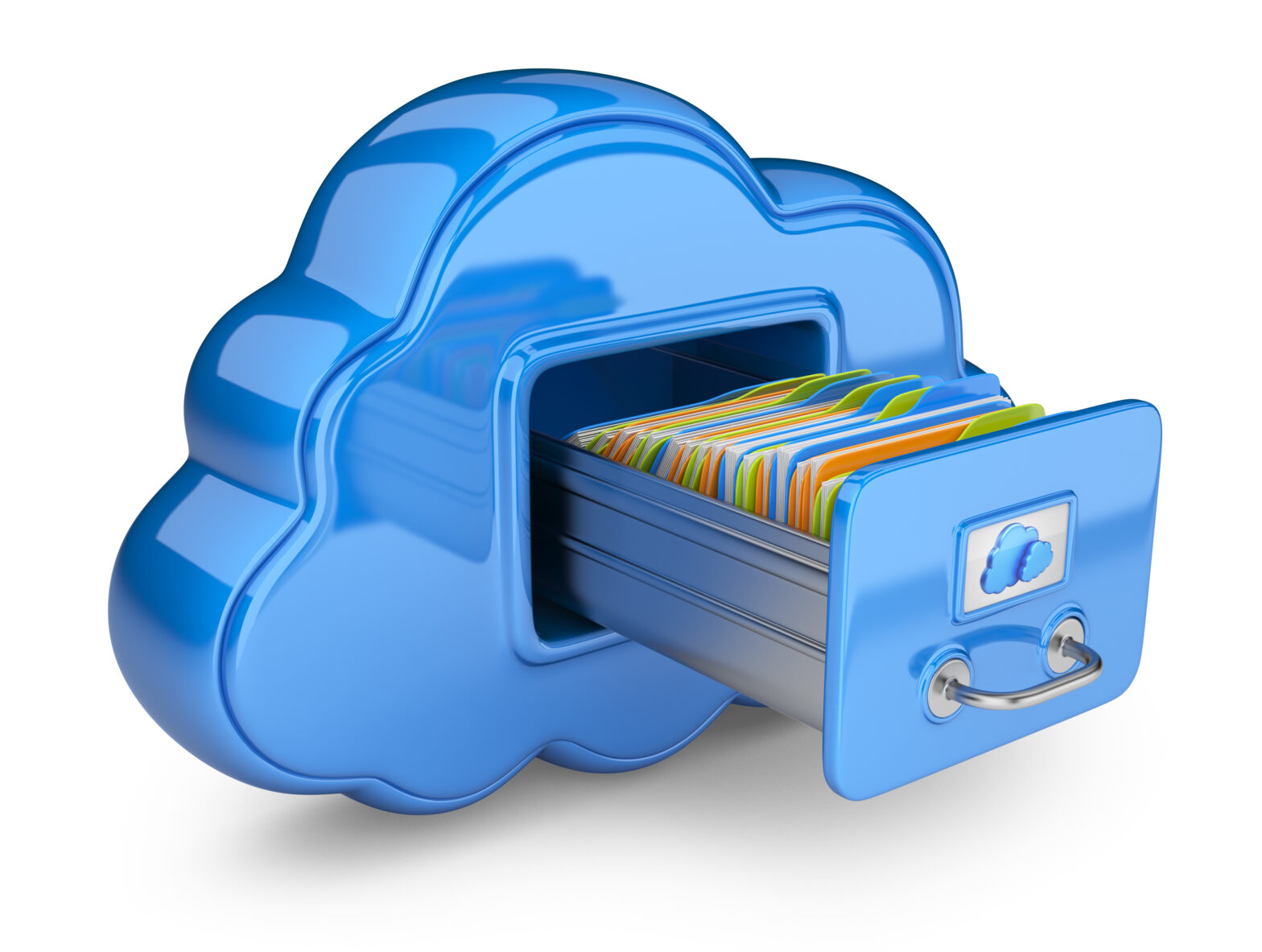The internet of things revolution is no longer a far-off possibility; the tech industry is in the thick of it. By the end of the year, Gartner expects over 8 billion internet-enabled devices will be in use – and almost triple that by 2020.
For now, consumers are the primary market for internet of things devices, accounting for almost two-thirds of usage. But the potential of these smart devices goes beyond adjusting dining room lighting or the temperature in your condo. The more connected household appliances become, the more creative options consumers have to store and secure their data.
How to store data on your dryer
There are three criteria any device must have to be used for cloud storage. First, it must be able to connect to a network (particularly your home network.) Second, it should be equipped with a central processing unit (CPU).
>See also: Enterprise cloud storage: usage and trends
Finally, it needs persistent memory to ensure data is retained over time, even if the device is turned on or off.
By these measurements, intelligent devices like the Nest thermostat or LG’s SmartThinkQ refrigerator make ideal storage targets – but there are plenty more.
Today, the availability of smart light bulbs (including Philips’ hue or GE’s link lines), televisions and cable boxes, washers and dryers, gaming consoles and smoke detectors mean almost anything in a home could double as a digital storage hub.
Using the right software, storing data in any of these devices can be configured directly from an internet browser, without impacting its primary function. This is a form of object storage.
What to store in everyday devices (and why you should)
A light bulb or smoke detector isn’t going to have the same storage capacity as a desktop computer or tablet. That said, these items do lend themselves to storing segments of files.
When it comes to object storage, digital music libraries, family photo folders or archived emails can be atomised into smaller file elements, then distributed across multiple household items (a concept businesses have relied on for years thanks to RAID technology).
>See also: An insight into the cloud storage industry
Four gigabytes of music may be stored across six or seven light bulbs in a home office and living room, or the various smart appliances in a kitchen.
Compared to using traditional cloud storage or external hard drives, there are a number of achievable benefits to this distributed approach:
Automatic, cost-effective backup
Despite end users’ best intentions, most users are lax about backing up our laptops and smartphones. But with object storage, one piece of software can automatically backup important devices on both the cloud and everyday items.
Not only does this eliminate the need to purchase separate backup discs, it also extends the investment the consumer already made in a smart TV, thermostat or other internet-connected system.
Convenient, vendor-agnostic storage
A common pain point is running out of space on a DVR to the point where the user must delete data in order to add more. Similarly, many users backup files to vendor-specific platforms like Apple’s iCloud – but what happens to that data if they ever leave Apple’s product ecosystem? Object storage ensures that they’ll always have a place to put new files, without the effort of shuffling data around or limits of depending on one vendor.
>See also: The year of the cloud: flexible, agile and scalable
Robust data security
One of the biggest advantages to object storage is data protection. Dividing, copying and dispersing files across multiple items creates a layer of redundancy that safeguards your information, even if the physical object is lost or destroyed.
Take, for example, one movie file broken up into 10 segments. In this scenario, object storage can be configured so that any three segments are capable of reconstructing the entire file.
And in the event that a smart TV gets sold at a garage sale (or simply winds up in the wrong hands), the data stored on it is encrypted – rendering it meaningless to whoever finds it.
Analysts predict that in less than a decade, the amount of digital data generated worldwide will surpass 100 zetabytes. The increasing availability of smart devices in work and personal lives presents a safe, convenient approach to storing it.
Sourced by Dan Willis, CTO, Leonovus







